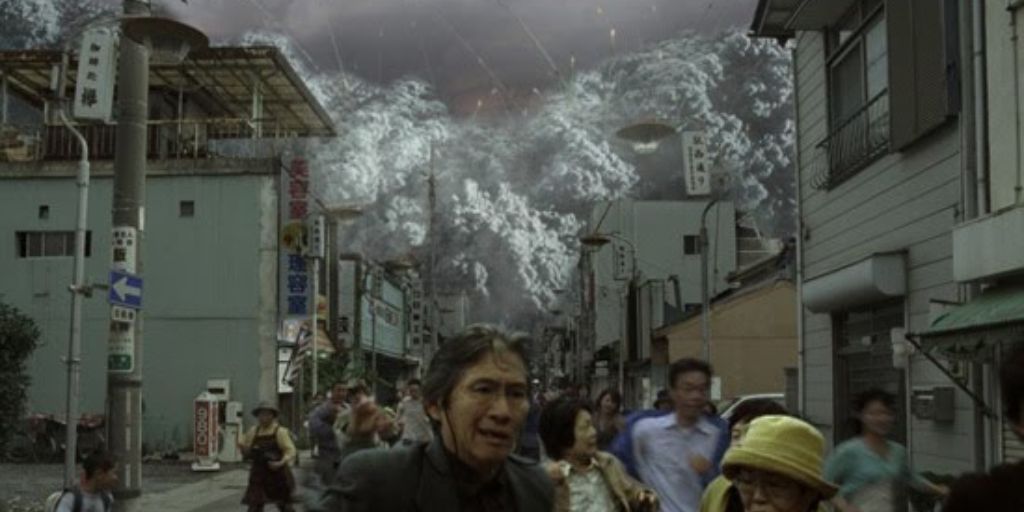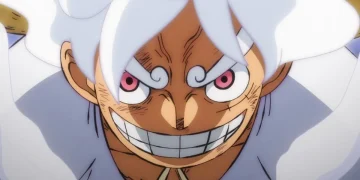Here is a compilation of 30 Japanese Disaster Dramas that you must watch. Disaster films have enjoyed enormous success and appeal throughout the years because of the tension and suspense that are deftly woven into them. However, they have a way of bringing us into danger without actually putting us in it. You experience chilly sweat flowing down your face and shivers running down your spine.
The best catastrophe films, however, show the dark side of life and make you aware of any danger you might face in real life. We present to you today our selection of the top disaster films! So, whether you’ve never seen a disaster movie before or are an avid fan, you’ll always find yourself hugging your significant other while watching one.
30 Disaster Japanese Drama
Additionally, the movies are entertaining and thrilling, which whets your want for more. To find amazing movies, let’s jump right into the list of the finest catastrophe movies, 30 Disaster Japanese Dramas To Watch.
1. Code Blue
A Japanese television drama called Code Blue is shown on Fuji TV. Seasons 1 and 2 debuted in 2008 and 2010, respectively. The third season premiered in July 2017. 2018 saw the release of a film. Hanabi is the title track by Mr. Children. The heart might begin beating again if it could be treated a split second earlier. Another life in peril might be saved if there was an extra helicopter. If one more life is spared, the Japanese medical profession might recover back its reputation.
More lives in this nation still have a chance to be rescued. In Japan, the “Doctor Helicopter” system was approved in June 2007. A medical team is sent to the patients aboard a helicopter to give medical care in the field as fast as possible. Four young doctors are one day appointed to this newest medical system. The traumatizing medical events the doctors encounter help them develop both personally and professionally. They also deal with personal ambitions and the frailty of life.
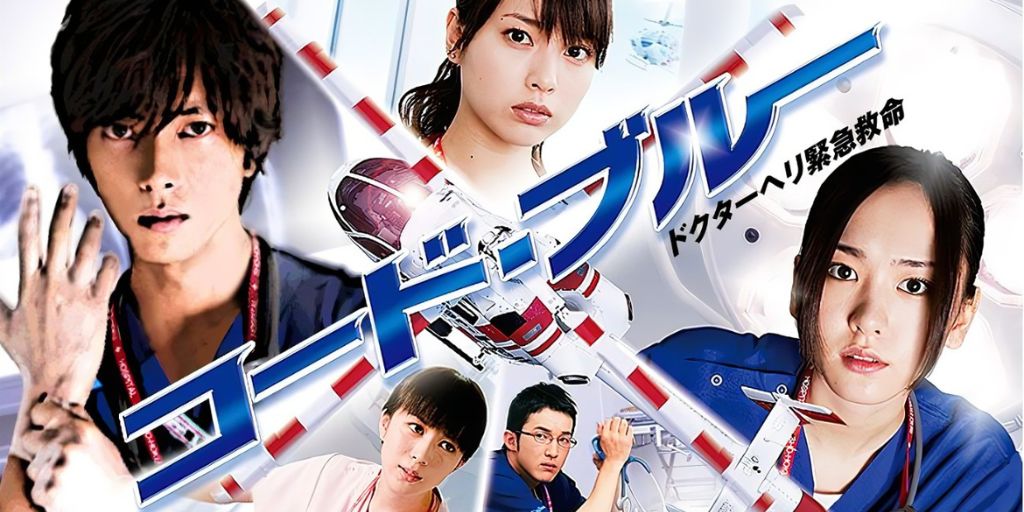
2. Umizaru (2004)
Initially, Daisuke Senzaki worked as a diet food salesman. He joined the Japan Coast Guard because he was passionate about the sea. He enrolled in a 50-day training program at the Japan Coast Guard Academy in Kure, Hiroshima, to be qualified to work at the frontline, beginning his formal career. Senzaki partners with fellow cadet Kudo Hajime after enduring training and challenges for 50 days with applicants sent from other departments.
Senzaki has experience diving, so it is a simple task for him, but because Kudo is a new team member, their cooperation is weak, and the two perform at their lowest throughout the training sessions. Even though Senzaki experiences occasional fits of rage, he is aware that as a diver, he must work alongside his partner. Kudo is accidentally killed while on a rescue mission, and Senzaki loses his first partner as a result.
Senzaki, who was devastated by Kudo’s passing, developed a fear of diving and was on the verge of leaving the Coast Guard. His previous coach purposefully sets up the Mishima Yuji team, which is separate from his own and is training competitors, to uplift Senzaki. Senzaki and his newfound crew are getting more and more near to death as the training at sea gets more rigorous.
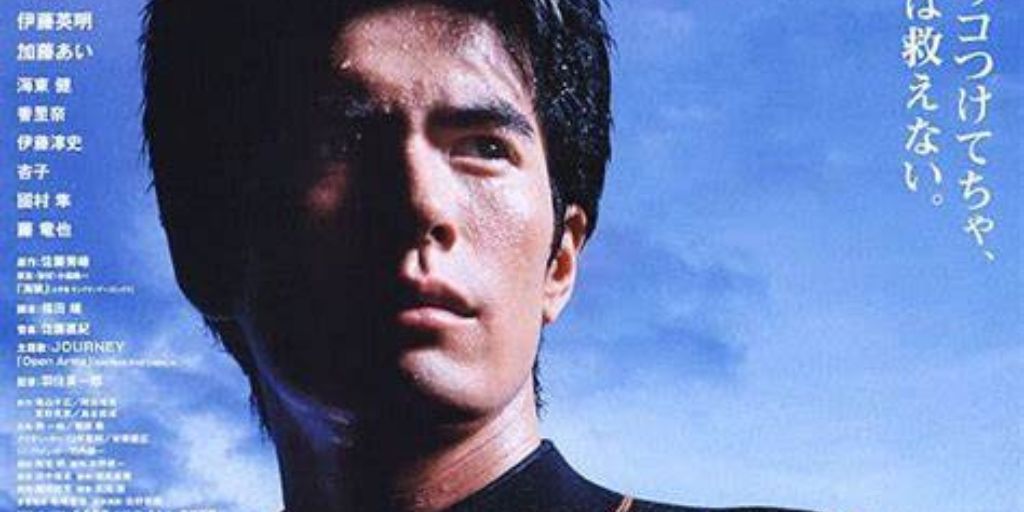
3. Umizaru Evolution
A tale of friendship, love, and the grueling training received by 14 members of the Japan Coast Guard who wished to become rescue divers. Only 1% of Coast Guard officers are qualified to be rescuer divers, who are on the front lines of rescue operations in rough seas and constantly on the verge of death. They must endure a hard 50 days of rescue activity training to earn that certification. Daisuke Senzaki is one of the young Coast Guard officers who accept the challenge of such torturous training. After passing their test, the divers’ lives are the main focus of the novel.
Senzaki Daisuke, a Coast Guard officer, is learning how to dive for rescue. After finishing his coursework, he is prepared to begin his first mission aboard an old rescue boat. The head diver won’t give Daisuke any advice because the ship’s skipper is about to retire. Despite their long-distance relationship being maintained by phone, his fiancée doesn’t seem to be very pleased to see him, which makes his problems worse.
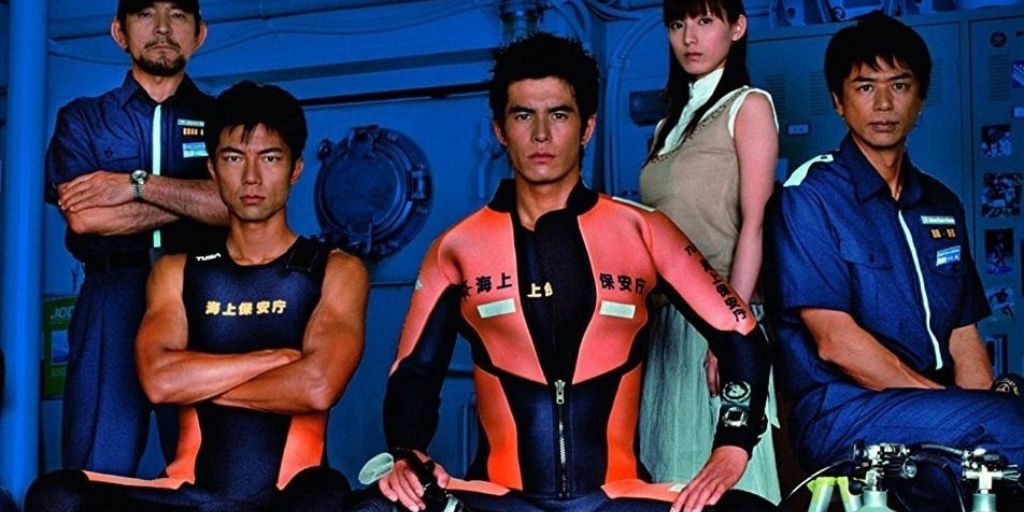
4. Umizaru 2: Limit of Love
Daisuke Senzaki, a current Japan Coast Guard (JCG) rescue diver, was posted to the 10th Region Mobile Rescue Unit, located at Kagoshima Air Station, following the decommissioning of the patrol vessel Nagare. Senzaki attempts to keep everyone on the wreckage that has become their lifeboat when a plane crashes in the rough waters, fighting the elements to save two casualties. A tiny boy struggles to hang on by himself, while Senzaki can only grab onto an adult male.
Senzaki succeeds in keeping the boy alive, but the brave act of the guy is lost in the sacrifice. Due to this incident, he soon suffers from shame and self-doubt because he has vowed not to allow any more victims to perish. Kanna Izawa, Senzaki’s girlfriend, takes time off work and drives a considerable distance to meet him. Izawa locks herself out of her hotel room as the couple checks in, causing her to surprise Senzaki with a custom bridal dress while being accompanied by a fashion designer.
Izawa wanted to carry out the marriage-related arrangements. Senzaki, who is still traumatized, is hesitant to commit to marriage, which causes a rift between the two. Despite Tetsuya Yoshioka, a friend of Senzaki’s best efforts to mediate, Izawa departs dejected.
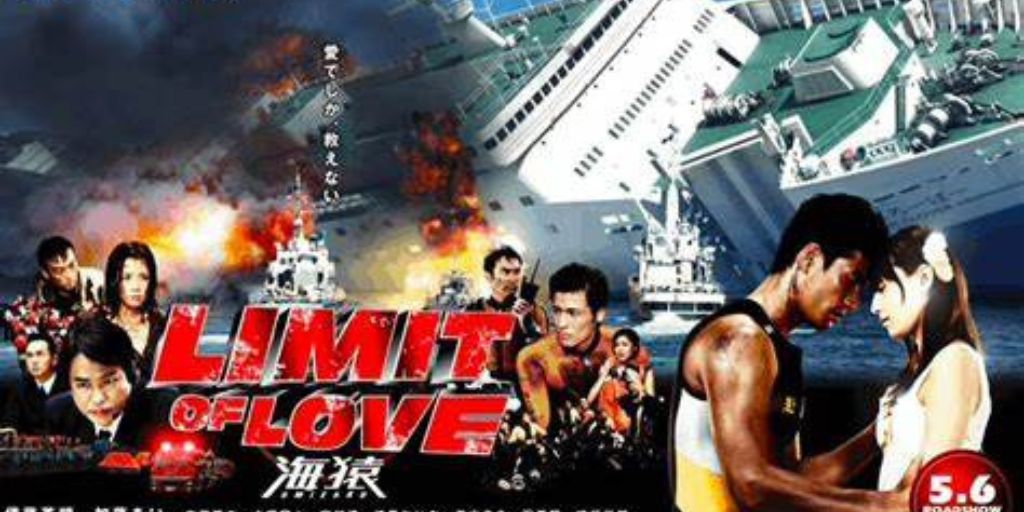
5. Umizaru 3: The Last Message
A mishap takes place at the enormous natural gas plant Regalia while a dangerous typhoon approaches. Together, Daisuke Senzaki, Tetsuya Yoshioka, and engineer Hiroshiichirou Sakuragi of the Japan Coast Guard and the gas plant. An explosion occurs when they are trying to rescue Daisuke, Natsu Nishizawa, Kazue Fukiishi, and employee Hisayoneo Kizima, trapping them. Daisuke then searches for an exit for his party with a new acquaintance named Takuya Hotori. Even a chopper cannot approach the Regalia due to the typhoon.
The Japanese coast guard is trying to find a means to save the trapped personnel at the Japan Coast Guard headquarters, but the government authorities prioritize national concerns. These two sides become tense with one another. Tamaki said Senzaki, Daisuke’s wife, prays for her husband’s safe return as well as that of their little boy. Still confined inside the enormous factory, Daisuke’s group has one more option.
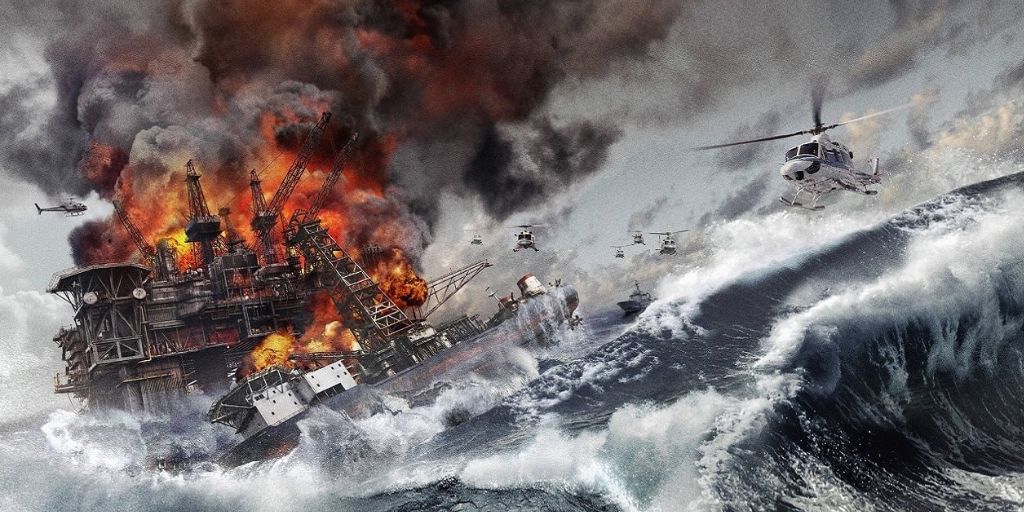
6. Umizaru 4: Brave Hearts
The Last Message’s oil platform mishap occurred two years ago. Heroic rescue diver Daisuke Senzaki and his longstanding buddy Yoshioka have recently been assigned to a special rescue unit and are now on the front lines. Yoshioka has found love with flight attendant Mika, while Senzaki and his wife Kanna are soon to become parents of a second child. One day, Mika’s flight to Tokyo experiences technical difficulties, putting the lives of nearly 300 people in peril as the pilots attempt an emergency water landing.
Even though the jet lands without incident, Senzaki, Yoshioka, and the other sea monkeys only have 20 minutes to evacuate everyone before it submerges. The accident on the oil platform in The Last Message happened two years ago. Heroic rescue diver Daisuke Senzaki and his longtime friend Yoshioka are currently on the front lines after being recently deployed to a special rescue team.
While Senzaki and his wife Kanna are about to have their second child, Yoshioka has found love with flight attendant Mika. One day, mechanical issues on Mika’s aircraft to Tokyo threatened the lives of close to 300 passengers when the pilots attempted an emergency water landing. Senzaki, Yoshioka, and the other sea monkeys land the aircraft without difficulty, but they only have 20 minutes to get everyone out before it goes under.
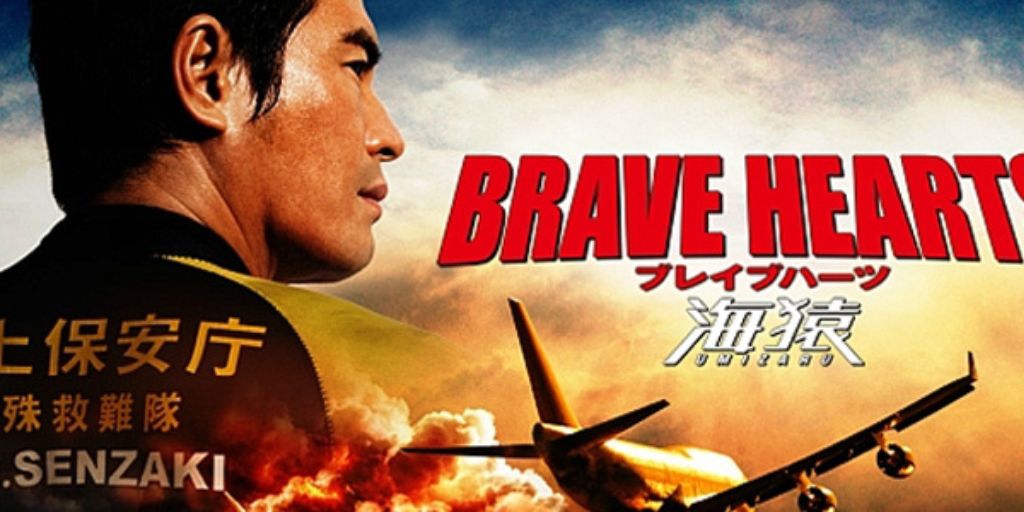
7. Code Blue Special
A Japanese television drama called Code Blue is shown on Fuji TV. Season 1 premiered in 2008, followed by Season 2 in 2010. The third season premiered in July 2017. 2018 saw the release of a film. Hanabi is the title track by Mr. Children.
This particular continues where the first season’s events left off. The abrupt resignation of Kuroda greets the four interns when they return to the hospital. The interns are forced to cooperate when a significant accident occurs in Chiba without Kuroda’s direction.
The four “fellows” Aizawa, Shiraishi, Hiyama, and Fujikawa, along with nurse Saejima, have been reinstated to Shohoku’s Emergency Medical Services following their suspension following the tunnel incident. However, as soon as they return, Kuroda abruptly submits his resignation. Meanwhile, a significant disaster occurs on a train near Chiba.
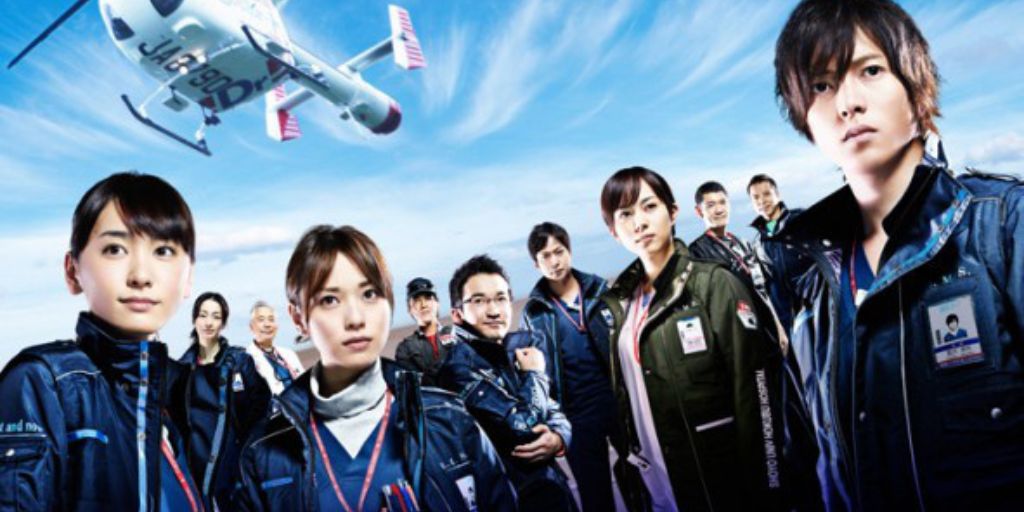
8. Code Blue 2
A Japanese television drama called Code Blue is shown on Fuji TV. Seasons 1 and 2 debuted in 2008 and 2010, respectively. The third season premiered in July 2017. 2018 saw the release of a film. Hanabi is the title track by Mr. Children.
Aizawa Kosaku, Shiraishi Megumi, Hiyama Mihoko, and Fujikawa Kazuo have been working at the North Hospital of Shoyo University for one and a half years now. They each have reached a turning point where they must consider their futures after graduation, as they have only three months left in their fellowship program to become aviation doctors.
Ksaku Aizawa, a candidate for “Doctor Helicopter,” gives it his all in the medical position. Beginning on Christmas Eve, this season takes place in the winter while doctors work to save lives. The appearance of Keisuke Tachibana, who has a history with Kanna Mitsui, appears to put the interns’ ability to complete their last year of “fellowship” in jeopardy.
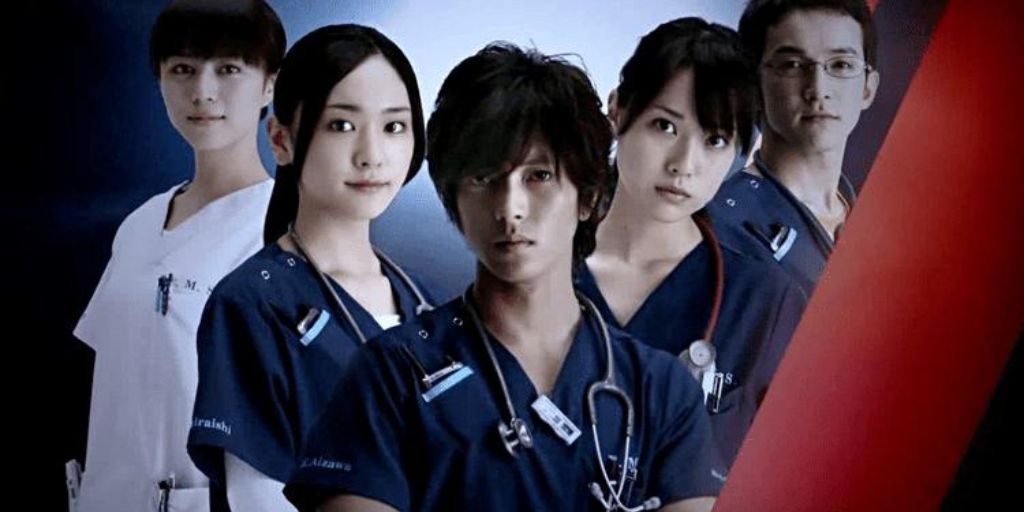
9. Code Blue 3
The primary narrative occurs seven years after Season 2. As seniors handing on their knowledge to the younger generation, our four familiar doctors are joined this season by three fellows: Natori Soma, Yokomine Akari, and Haitani Shunpei. While Saejima is enjoying her fulfilled position as the head nurse and the only flight nurse, Fujikawa and Saejima appear to have taken their relationship to a new level.
Even though Aizawa has just returned, Kanna Mitsui demands a temporary retirement just when Shohoku’s Emergency Medical Services are struggling for staff. Megumi Shiraishi, Kazuo Fuikawa, Haruka Saejima, Mihoko Hiyama, and Kousaku Aizawa have all worked and pursued careers in different ways.
Kousaku Aizawa departed the emergency area of the hospital. He currently practices brain surgery. Megumi Shiraishi puts in a lot of effort as the flight doctor staff leader at a hospital emergency room. Formerly interested in becoming a flight physician, Mihoko Hiyama is now an ob-gyn after leaving the hospital emergency room. Working alongside Megumi Shiraishi is Kazuo Fujikawa, an orthopedic emergency physician. Haruka Saejima is still employed with flight doctors as a nurse.
They all lead fierce lives and encounter various challenges.
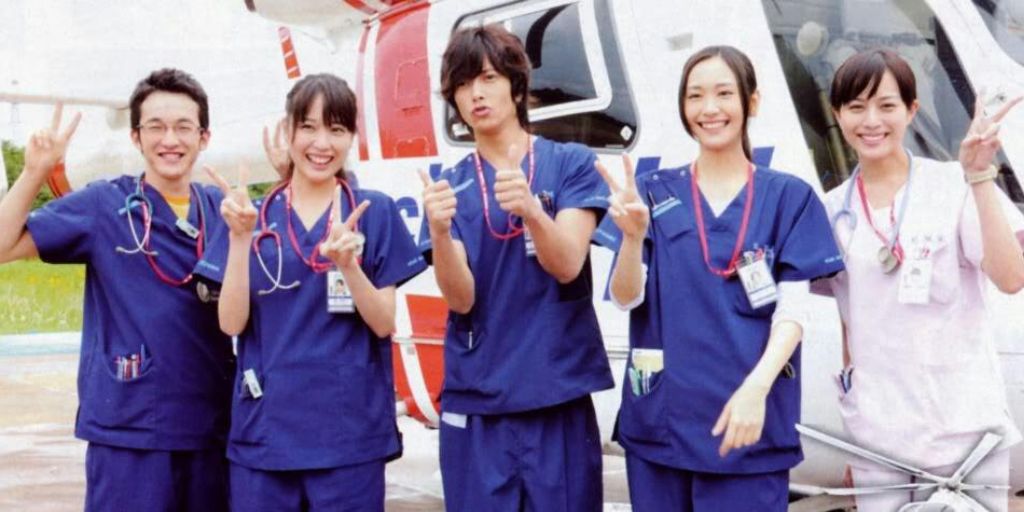
10. Code Blue: The Movie
Code Blue: The movie opens with Saejima and Fujikawa discussing getting married. Aizawa and Hiyama are mentioned as departing lifesaving. A significant ferry accident occurs in the interim. The “helicopter doctor” team is back, ready to handle predicted and unforeseen calamities and mishaps at Japan’s Narita airport and other locations near and far, with beautiful hair, skin, and bodies. Together, they manage these work-related crises and deal with personal tragedies both within and outside of their blue uniforms.
The movie, which is the final adaptation, chronicles the flight physicians’ journey up to that point.
The tale may be a little dramatic, but I don’t find it to be over the top or unrealistic. Additionally, it makes sense from a screenwriter and production standpoint that they would want to add some action and “blasts” before the conclusion.
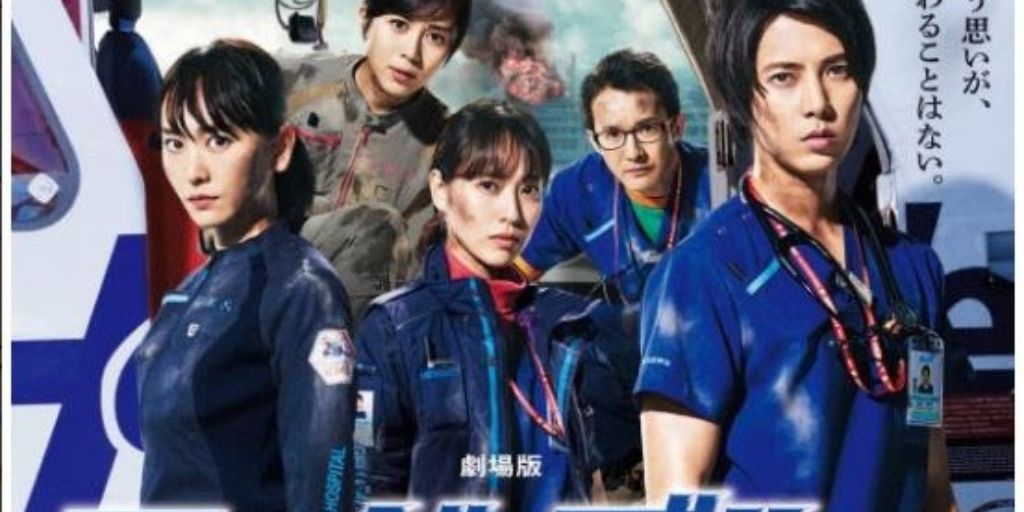
11. Jiken Kyumeii – IMAT no Kiseki
The Incident Medical Assistance Team, a medical dispatch unit made up of physicians from Nippon Medical School Hospital and established last September at the Metropolitan Police Department’s request to handle emergencies requiring medical attention, serves as the basis for the narrative.
The IMAT team was formed in September 2012 in response to the Metropolitan Police Department’s (MPD) request. The Incident Medical Assistance Team, or IMAT, strives to offer on-site medical assistance to the injured since the sooner medical assistance is provided, the higher the chances of survival.
When sent to the accident scene, these doctors must always be wearing their bullet-proof vests to give them the best protection possible. This program is the first of its type since it shows these IMAT doctors working under difficult conditions.
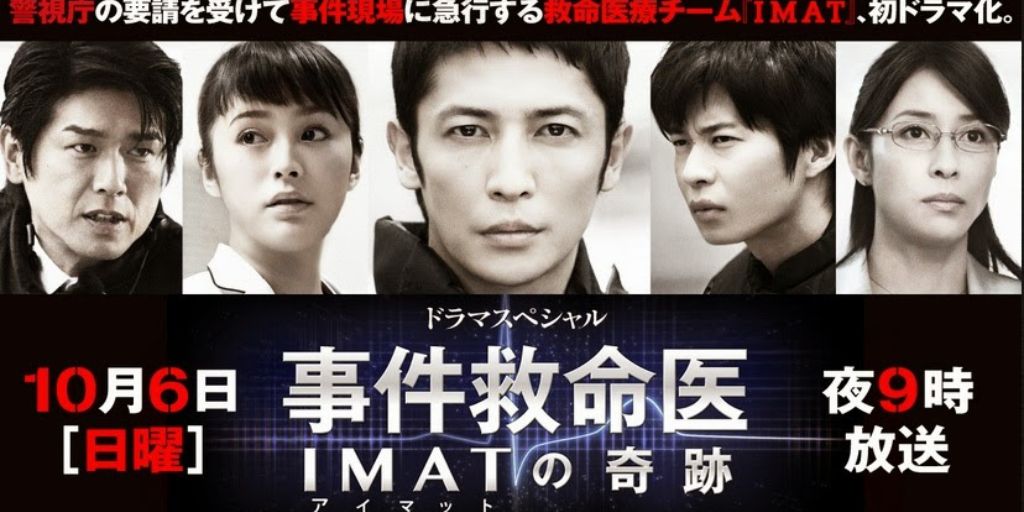
12. Jiken Kyumeii 2 – IMAT no Kiseki
Akira and Takuma have now known each other for one and a half years. Takuma now works in the security division because he disobeyed orders, while Akira is now employed at a medical university hospital.
Akira currently takes special care of a 16-year-old patient named Aki. In need of a heart transplant is Aki. Akira saved her when he was an IMAT employee. Aki’s doctor Ayaka and Aki feel optimistic after learning that a donor for her heart transplant has been discovered.
In the meantime, Takuma is mandated to serve as Eikichi’s security officer. Eikichi oversaw the Tokyo Sky Land explosion investigation 26 years ago as the head of the criminal division. The fathers of Akira and Takuma perished in the Tokyo Sky Land disaster.
At noon on the day of Aki’s heart transplant, Eikichi boards the bus. As assistants, Akira and Yukari take part in the heart transplant procedure when the donor’s heart is removed from the bag.

13. Pandemic
A patient’s illness is misdiagnosed as a normal cold by Tsuyoshi Matsuoka, a physician at a hospital in Tokyo. However, following the patient’s unexpected demise, he understands that the illness is extremely serious and has the potential to wipe out an entire community. As a result, he battles with doctor Eiko Kobayashi to identify the disease’s root cause.
A fatal virus is the subject of the Japanese disaster film “Pandemic,” which is the subject of controversy in Korea when its importer, KTH Paran, altered the conclusion and eliminated a significant section of the movie without the Japanese producer’s consent. The picture, which was helmed by Takahisa Zeze (“Moon Child”), had a 138-minute runtime when it premiered here in February, but 21 minutes of that time had been reduced, and the conclusion had been altered.
While the film’s original ending was upbeat, the altered version ends abruptly with the line, “By July 2011, 3,950 patients had been infected with the virus, and 11 million had been discovered dead.” It took a week to fulfill the producer of the movie, Tokyo Broadcasting System, asking that KTH Paran return to the original.
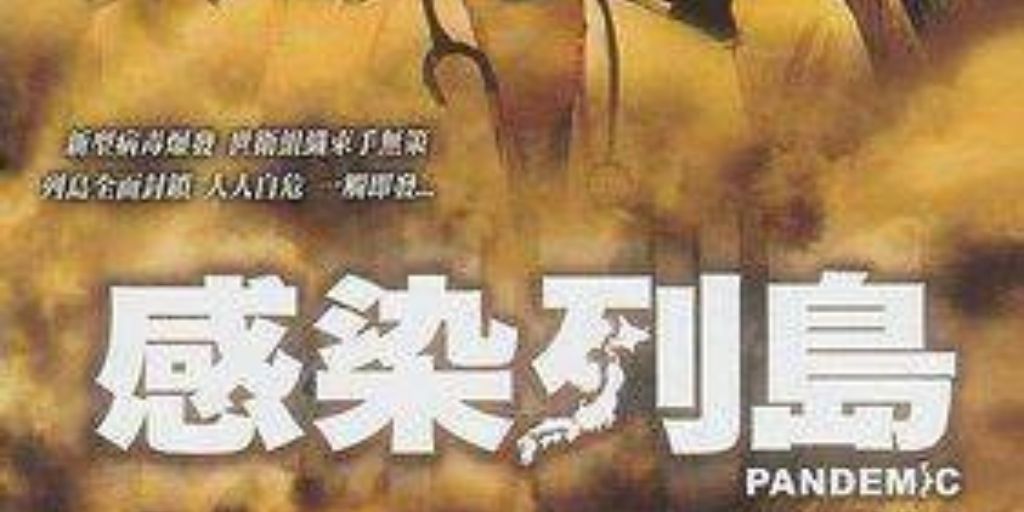
14. Climber’s High
Masato Harada is the director of the 2008 Japanese movie Climber’s High. A newspaper editor deals with the accident of Japan Airlines Flight 123 in the movie. Based on a Yokoyama Hideo novel about an aviation crash that was reported by the fictitious Kita-Kanto Shimbun. The plot is based on the actual event of Japan Airlines Flight 123’s plane accident in 1985.
A jumbo airplane crashed on August 12, 1985, leaving 520 people dead, making it the deadliest single-plane catastrophe in history. The waves of information and rumors are hurling the local press reporters around.
Yuki Kazumasa, who is in charge of writing this crash report for a local newspaper, is confronted with a series of decision-making situations while feeling overwhelmed by the severity of the disaster. What does a reporter do? What are the best practices for a man trying to advance in a business hierarchy? What is the value of his friends and family to him? A captivating narrative that keeps the viewer on the cusp of tension and reality.
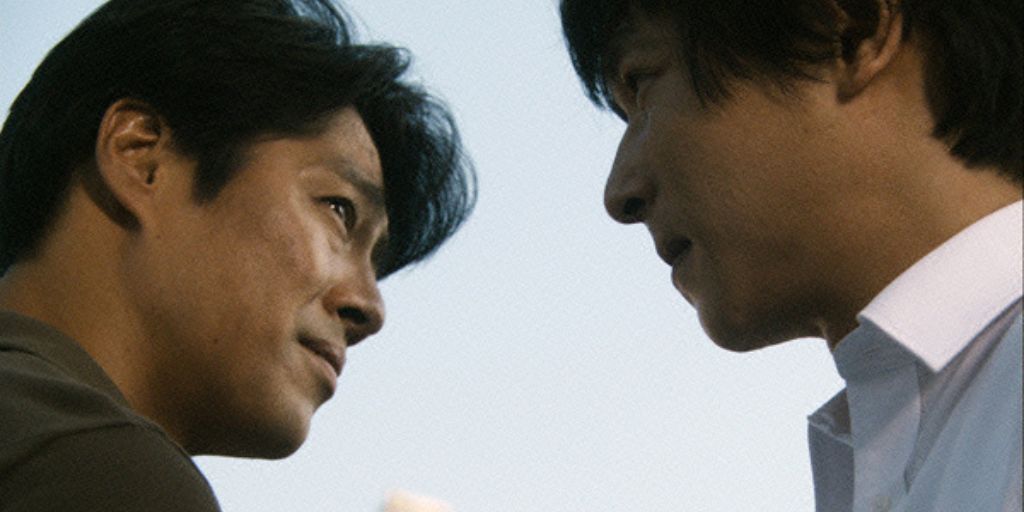
15. Sono Machi no Kodomo
Sono Machi no Kodomo surprised everyone with how good it ended out, considering that the idea of re-editing a TV drama into a feature film would be the death knell for most projects. However, when viewed merely as a feature picture, it is unmistakably ordinary. The movie begins with photos from the Kobe earthquake’s immediate aftermath, which was shown on NHK in January of last year.
On the eve of the earthquake’s 15th anniversary, young businessman Yuji jumps off a shinkansen at Shin-Kobe station without thinking. He runs across the lanky Mika, a young woman in her twenties who is in Kobe for a memorial service. The two walk and converse the entire night.
It turns out that both were young people living in Kobe at the time of the earthquake, and they discussed other elements of their lives as well as their traumatic experiences. Although Moriyama and Sato’s chemistry is good, the dialogue frequently feels forced and precious. Overall, it’s watchable and even fairly successful, though the buildup to the revealing of emotional wounds seems a little forced.
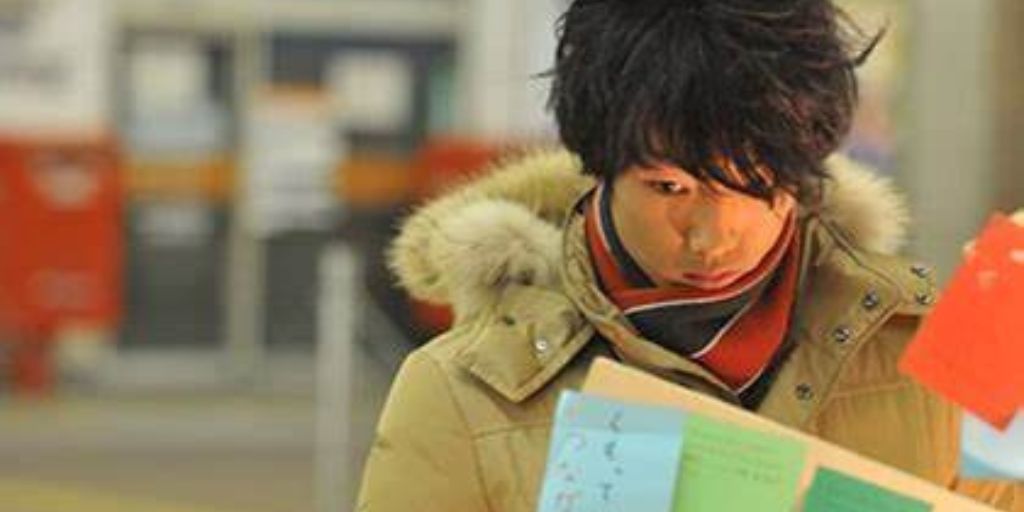
Also Read: 38 War Japanese Drama To Watch In 2022
16. Rock: Wanko no Shima
Isamu Nakae’s 2011 Japanese film Rock Wanko no Shima was slated for release in Japanese theatres on July 23, 2011. An actual incident from the little island of Miyakejima served as its inspiration. An actual dog that appeared in a segment titled “Kyou no Wanko” (today’s doggie) on the Fuji TV morning show “Mezamashi TV” served as the basis for the movie.
The film, which is based on a true tale, follows the happy existence of a family made up of father Matsuo (Sato Ryota), mother Takako (Aso Kumiko), grandma Fusako (Baisho Mitsuko), and son Shin (Hashino Ryunosuke) in the bed and breakfast they own on Miyakejima.
Shin, who had been raised with Rock since birth, is forced to leave the island of Miyakejima in August 2000 when a volcanic eruption forces everyone to leave immediately. The family faces several challenges after the evacuation, such as adjusting to life in a new place. Shin, though, keeps holding onto the belief that she will one day be reunited with Rock.

17. Submersion of Japan
The Earth had only one continent 200 million years ago. The one landmass divides into separate continents and islands as the years go by. Japan was a part of the Asian continent thirty million years ago, but it has since broken off into its archipelago. The landmass is about to change again.
At the present, geophysicists Dr. Tadokoro and Onodera Toshio travel to the Ogasawara Islands in the submarine Wadatsumi-1 to look into seafloor vibrations. They find that the Japanese islands’ land mass is eroding into the Japanese trench.
After that, Onodera meets Abe Reiko, with whom she later falls in love. They are enjoying the beach as Mt. Amagi erupts. Assessing the disaster is the main topic of a meeting of government representatives, including Prime Minister Yamamoto. Dr. Tadokoro issues an alarmist warning that there will soon be additional earthquakes and eruptive activity.
He then meets Mr. Watari, a mysteriously wealthy man, who agrees to provide funding for the doctor’s research journeys. He creates a plan of action to deal with a widespread seismic calamity using these funds. The volcano Kirishima erupts as a conference to purchase a research submarine from France is taking place.
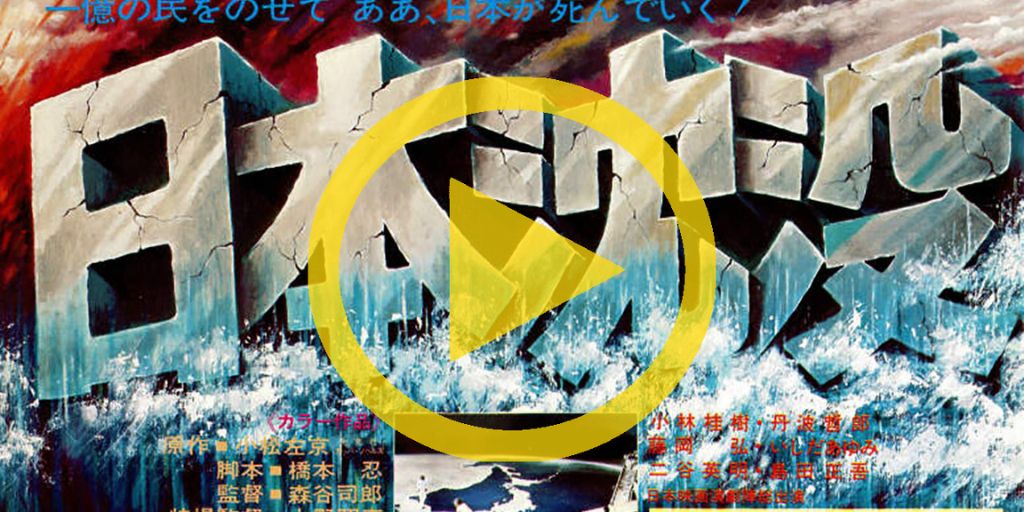
18. Sinking of Japan
In 1995, a devastating earthquake decimated Numazu and the neighboring Suruga Bay. Submersible pilot Toshio Onodera awoke imprisoned within his car. He and a young girl named Misaki are saved by a rescue chopper piloted by Reiko Abe as an explosion is caused by an aftershock, and a neighboring mountain erupts.
Now that the 1990s have passed, geologists and volcanologists from all over the world are worried about Japan. One believes that the archipelagic country will sink within the next 40 years. Yusuke Tadokoro, a Japanese geologist, questions the forecast and examines rocks in Kyushu, Hokkaido, and Mangaia in the Cook Islands to support his theory that the rocks originated from the old continent of Japan after it separated from Pangaea.
Tadokoro understands that, as opposed to the first 40-year prediction, Japan will sink in 338.54 days. Tadokoro presents the Cabinet with his theory and urges rapid action, but none of the ministers are persuaded. He is violently explaining to everyone how Japan would collapse, with the Fossa Magna’s devastation and Mount Fuji’s eruption serving as the climax, before being removed from the room.
The following day, Saori Takamori, a close friend, and colleague, is appointed disaster management minister by Prime Minister Yamamoto, who is traveling to China to make preparations for the upcoming relocation of Japanese refugees. The Daisetsuzan Volcanic Group in Hokkaido erupts first, followed by Mount Aso in Kyushu, confirming Tadokoro’s prophecies. Yamamoto’s jet is destroyed by the eruption along with Kumamoto City.
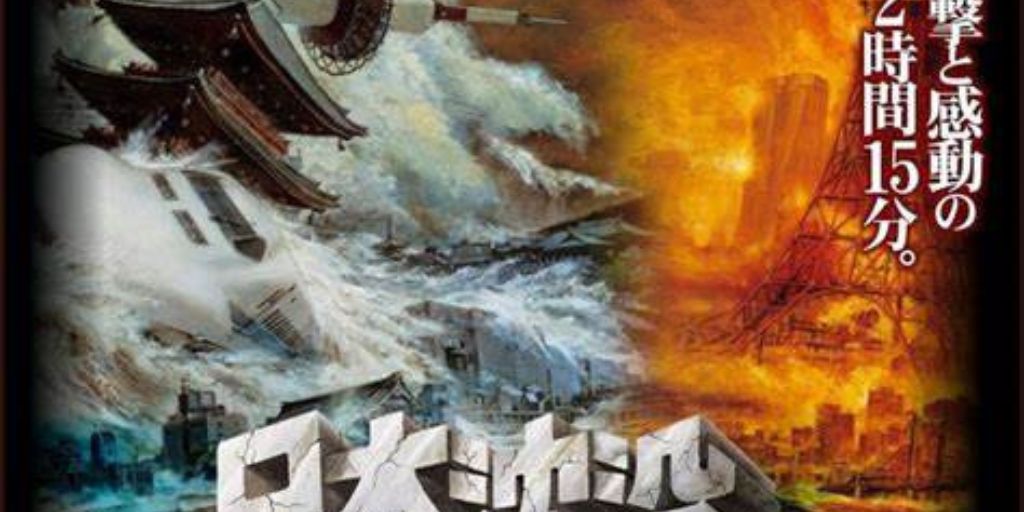
19. 252 Seizonsha Ari: Episode ZERO
Japan lacked hyper-rescue troops 13 years before the Great Hanshin Earthquake. Hayakawa Yusaku plans to use hyper rescue in 2009, two years before an unprecedented typhoon directly impacts Tokyo. The super rescue squad, also known as the Fire and Rescue Task Force of Tokyo’s Fire and Disaster Management Agency, uses transmission code 252 to indicate if there are survivors.
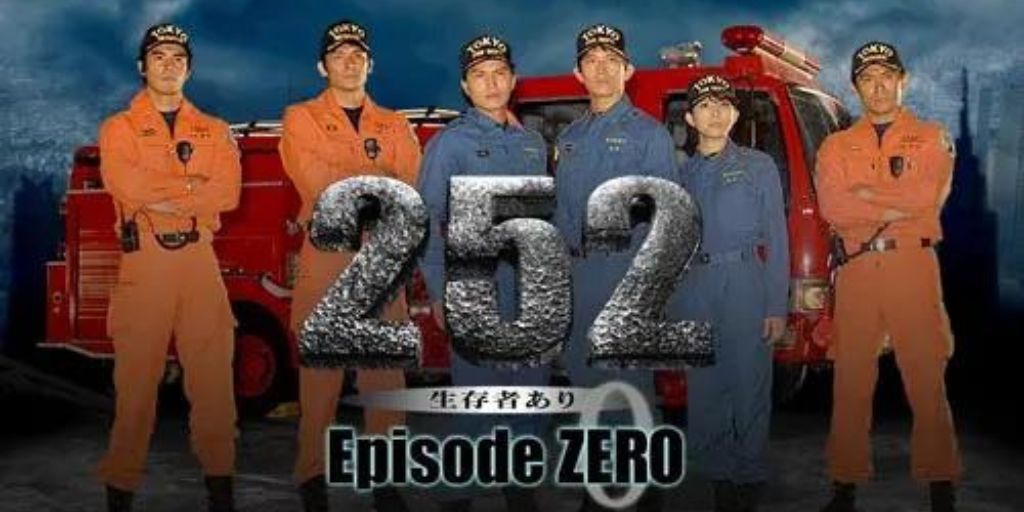
20. 252: Signal of Life
a few weeks after Tokyo was hit by a massive earthquake. Tokyo metropolitan area is gradually getting back to normal. However, following the earthquake, the temperature of the Pacific Ocean abruptly rises, ushering in a powerful typhoon. The strongest typhoon to ever hit Japan is barreling toward Tokyo. The coastal city area is submerged under the typhoon’s tidal wave.
The Hyper Rescue elite rescue team from the Tokyo Fire Department is dispatched when their sonar detects an underwater signal. Someone is sending out a code that is only known to rescuers from beneath a destroyed metro station. “252… 252…” “We have surviving people!” The rescue code “252” denotes that there are survivors. Someone familiar with the rescue procedure is submerged underground!
They pray for the safe return of their loved ones on behalf of the rescuers, the survivors, and their families. In the worst-case scenario, a rescue team risks their own lives to attempt to save the survivors. A risky rescue mission must be carried out in the face of death, interacting with numerous tragedies, including family, love, pride, and human life.
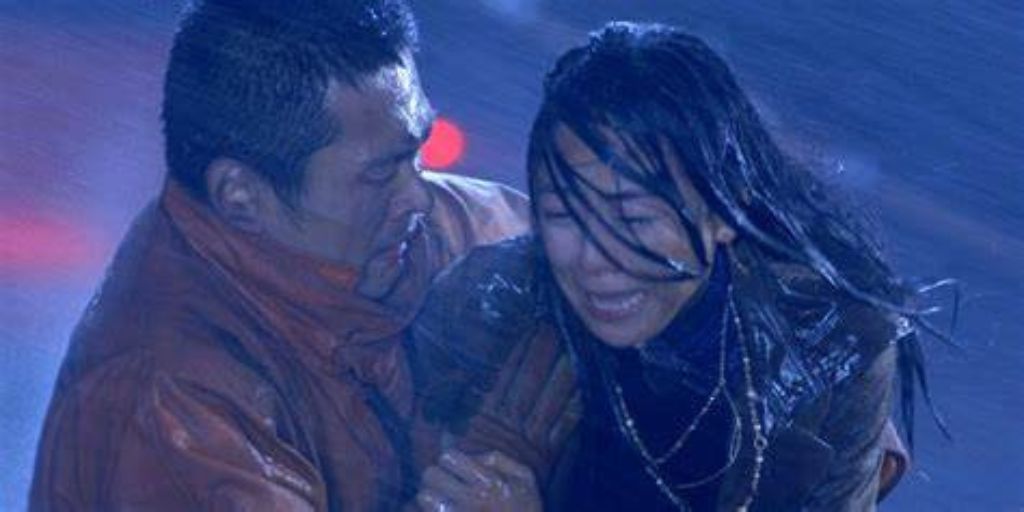
21. RESCUE
As a result of being saved by a fire rescue crew as a child, Daichi Kitajima decided to become a firefighter. He works hard to advance and join the Special Rescue Team despite his trauma. This narrative starts with Daichi and follows him and the other rescue squad trainees as they develop as rescuers, people, and men. Along the way, they run across several inconsistencies between the principles and reality of lifesaving while dealing with their internal struggles and youthful transgressions.
If you’re looking for twists and turns in a drama, you won’t find them in this one because it is very straightforward. But given that it is a drama about the rescue services, it gives some insight into how difficult and dangerous their work is, and above all, how priceless their own lives and the lives of the victims are—not just for themselves, but for their families and loved ones as well.
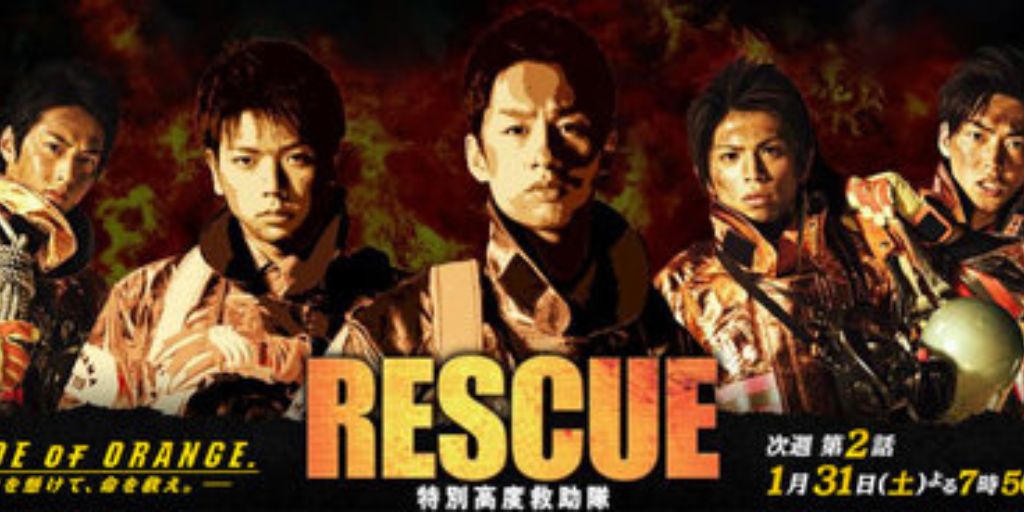
22. Fire Boys
A young boy gets rescued from a fire by firefighters. Daigo Asahina is the man’s name. He recently earned his certifications as a firefighter and is now an adult. He’s always wished he could battle fires like the hero who rescued him. However, the fire brigade to which he is assigned is known as “Me-Gumi,” which is the abbreviation for the Medakagaoka Fire Brigade and which, at first appearance, appears to have zero fighting spirit.
In reality, though, this is the residence of a team of seasoned experts under the command of that illustrious firefighter Commander Gomi. They are engaged in combat and put their lives in danger. In this stirring human drama, the innocent Daigo fights alongside his “Me-Gumi” countrymen, suffering, laughing, and grieving as he becomes a top-notch firefighter. Daigo is driven by a sense of justice and mission. The narrative is excellent. On Megumi, we get to know every firefighter. The narrative also contains some life-changing lessons. It’s a very motivating drama.
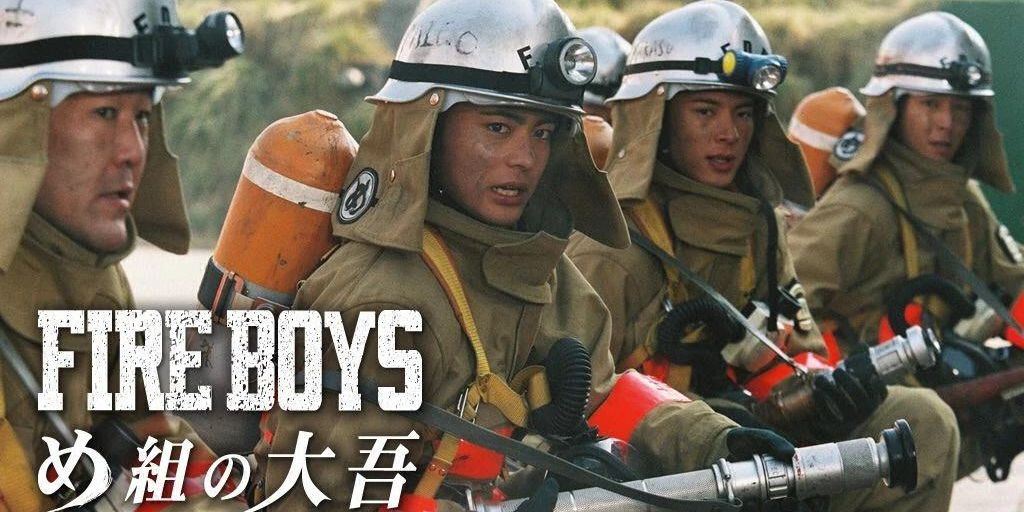
23. Bokura no Yuuki
18-year-old Yamato travels to Makuhara after a terrible earthquake smashes the northern portion of Chiba to locate his friend Kiichi, who resides there. Yamato encounters Takeru while on his route, who is also going to Makuhara to assist with the rescue efforts. However, the two are astonished to discover that Makuhara, which is on government lockdown, is unharmed and is run entirely by children after a mystery virus killed all of the adults.
The young leaders, who are left to fend for themselves, must combat the government’s efforts to conceal the truth while also saving the city. Bokura no Yuuki features an all-star ensemble and is a highly intriguing, intricate, and slightly frightening drama.
Following a significant earthquake, two teenagers enter a city illegally. They discover there was no earthquake there. Due to a mysterious illness that has infected and killed every adult in the city, the entire area has been placed under quarantine by the government. They are now imprisoned after entering.
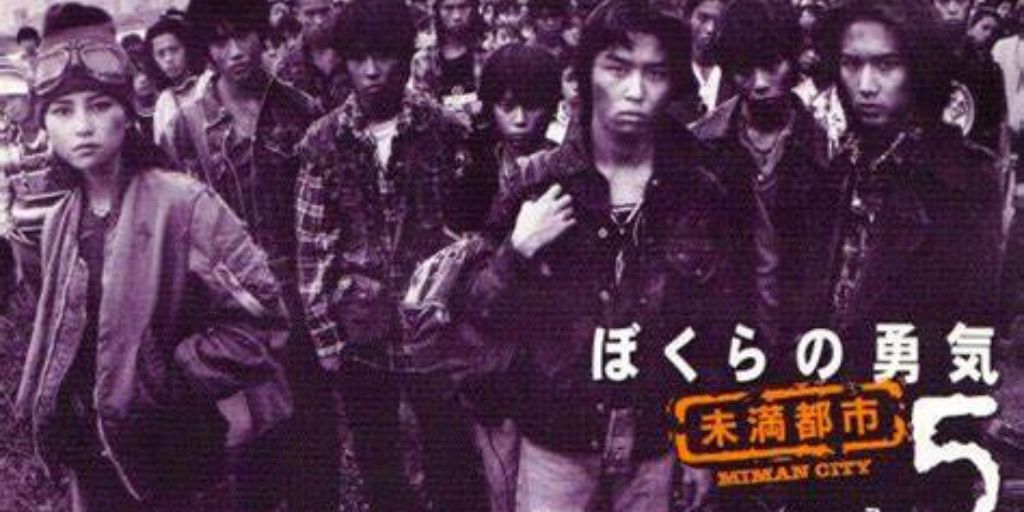
24. Bokura no Yuuki SP
An agreement was reached twenty years ago. What kind of grownups are they now? Did they succeed in realizing their goals? They fought a formidable foe in 1997 that only youthful bravery could use as a weapon against; today, they are up against even more formidable foes.
The tale in the SP series begins 20 years after the Makuhari City catastrophe. Takeru is now a lawyer, while Yamato is a junior high school teacher. They pledged to be kind and excellent adults 20 years ago, and they agreed to get together again in 20 years to see what type of adults they had become.
After 20 years, they finally reconnected in the same location as planned. A library was being built on the site where the satellite crashed. The architect of the library was Akira, who was portrayed by Masaki Aiba. There are reports that several people perished while the building was underway.
It was eventually discovered that the T-Makuhara virus from 20 years prior had persisted somewhere beneath the building’s foundation. However, the authorities did not halt the building.
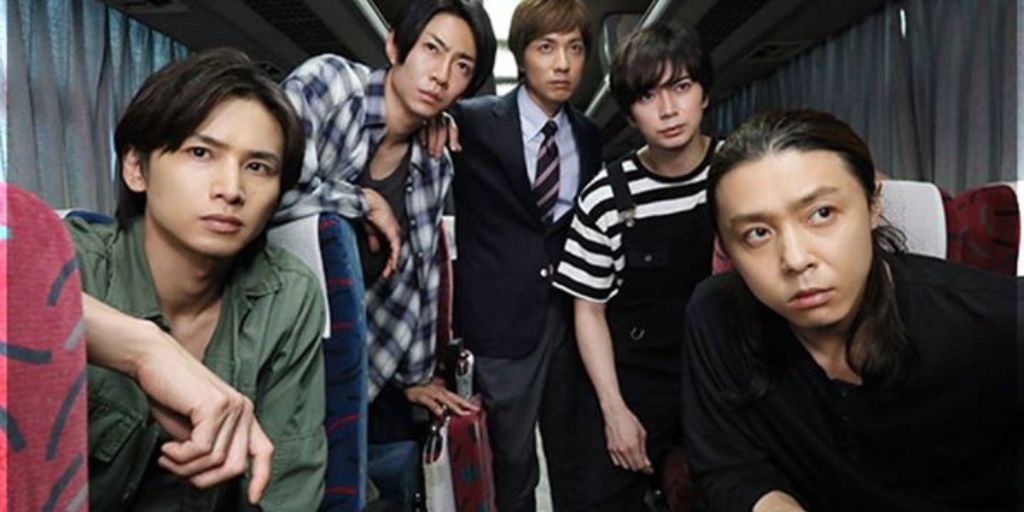
25. The Bullet Train
The Bullet Train is a 1975 Japanese action-thriller movie with Ken Takakura, Sonny Chiba, and Ken Utsui in the lead roles. It was directed by Junya Sat. Police scramble to discover the bombers and figure out how to disarm the bomb when a Shinkansen is threatened with a bomb that would automatically detonate if it slows down below 80 km/h without being paid a ransom.
Tetsuo Okita is a former businessman who filed for bankruptcy, lost his manufacturing business, and divorced his wife and kid a year earlier. In an elaborate scheme to extort money from the government, he works with activist Masaru Koga and his former employee Hiroshi Shiro out of desperation to make ends meet and start over.
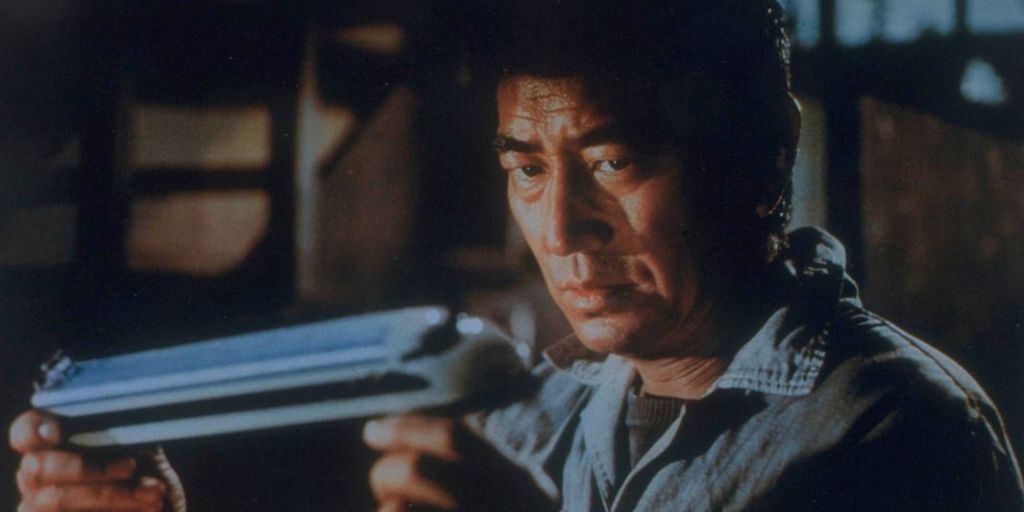
Also Read: 27 Historical Japanese Dramas That You Need to Watch
26. Cyborg She
Cyborg Haruka Ayase and Keisuke Koide star in the science fiction comedy-drama film She, which was produced and directed by Kwak Jae-Yong in 2008. 22 November 2007 has passed. On his 20th birthday, Jiro Kitamura is spending it by himself. He notices a “nice girl” while shopping for a birthday present for himself, and to his surprise, she smiles at him. She then successfully steals a set of garments, which Jiro notices but doesn’t pay attention to because he is enamored with her attractiveness as she leaves in front of him.
He goes to a restaurant where he orders spaghetti on the advice of his grandmother to live a longer and more contented life, and the mysterious girl who appears interested in him follows him there. They then trade birthday presents with each other. The girl, who acts quite forcefully and seems unaccustomed to everything, abruptly rushes out of the restaurant with Jiro and leaves without paying the bill, prompting the manager to pursue the two through Tokyo.
Jiro finds himself drawn to the girl as he spends time with her. However, after a few hours, the girl maintains she must depart and bids a sorrowful farewell. The narrative then fast-forwards to Jiro celebrating his birthday alone in the same restaurant one year later. The same-looking girl materializes in front of him all of a sudden. To spare Jiro from a terrible fate, his older self, 65 years in the future, sent this girl. In reality, she was a cyborg.

27. Fukushima 50
Japanese disaster drama Fukushima 50 was released in 2020 and was authored by Yichi Maekawa and directed by Setsuro Wakamatsu. It centers around the titular team of workers entrusted with managing the Fukushima Daiichi Nuclear Power Plant meltdown following the 2011 Thoku earthquake and tsunami. Koichi Sato and Ken Watanabe star.
The greatest earthquake in the recorded history of Japan occurred at 2:46 PM on March 11, 2011, with a magnitude of 9.1 and a maximum seismic intensity of 7. The Fukushima Daiichi Nuclear Power Plant was hit by a massive tsunami. It was evident that the tsunami’s flooding caused a nuclear reactor to lose all of its electricity. Due to a station blackout (SBO), the reactor entered an inconsolable state and experienced unthinkable devastation from a nuclear meltdown.
Izaki Haruka, who is on duty at Units 1 and 2, and other on-site personnel are still inside the nuclear power plant and are diligently working to regulate the reactor. Director Masao Yoshida, who is in charge of the general command, motivates his staff while simultaneously expressing resentment toward the Kantei and head office for their lack of awareness of the issue. The situation worsened despite the efforts made on the scene, necessitating the evacuation of those in the neighborhood.
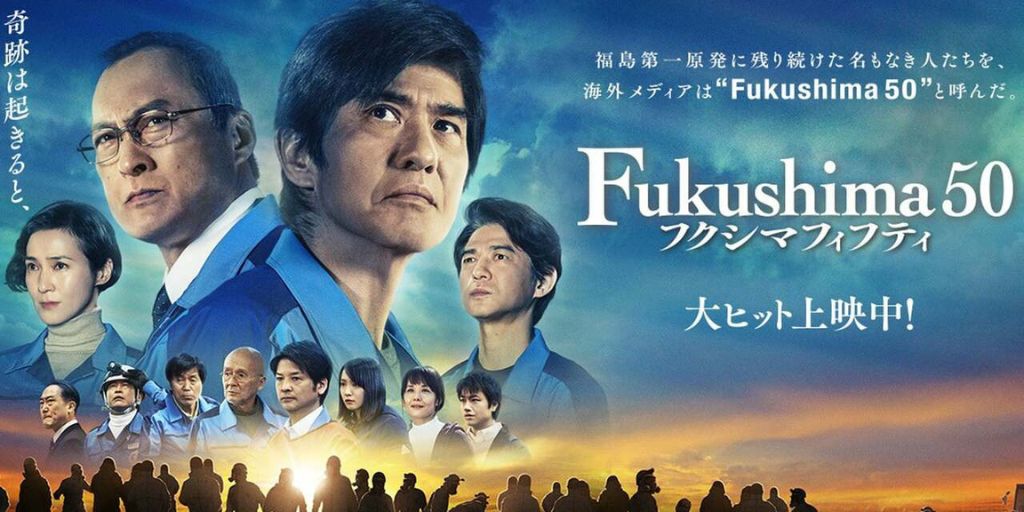
28. Japan’s Longest Day
One of the most well-known Japanese war movies, Japan’s Longest Day, directed by Kihachi Okamoto and featuring a distinctive score, is frequently repeated on August 15. The last day of World War II and the notorious Imperial Palace Incident are covered. The longest day in Japan Contrary to The Militarists, this film, which is as close to a docudrama as you can go, doesn’t feature any fictional characters. For those who are unaware, the final 24 hours of World War II were filled with drama and intrigue, making them perfect movie material.
After deciding to submit, the emperor taped a speech that was broadcast to the whole public on August 15, 1945. The Imperial Guard commander was killed, and a group of rebellious young Army officers encircled the Imperial Palace. It was necessary to track down the tape, destroy it, and continue the conflict for all time.
Toshiro Mifune, who plays General Anami, and So Yamamura, who plays Admiral Yonai, are titans of Japanese cinema. Furthermore, Chishu Ryu, who portrays Prime Minister Suzuki. They all play important roles, as does Hakuo Matsumoto, who was one of the first performers to portray the emperor on film.
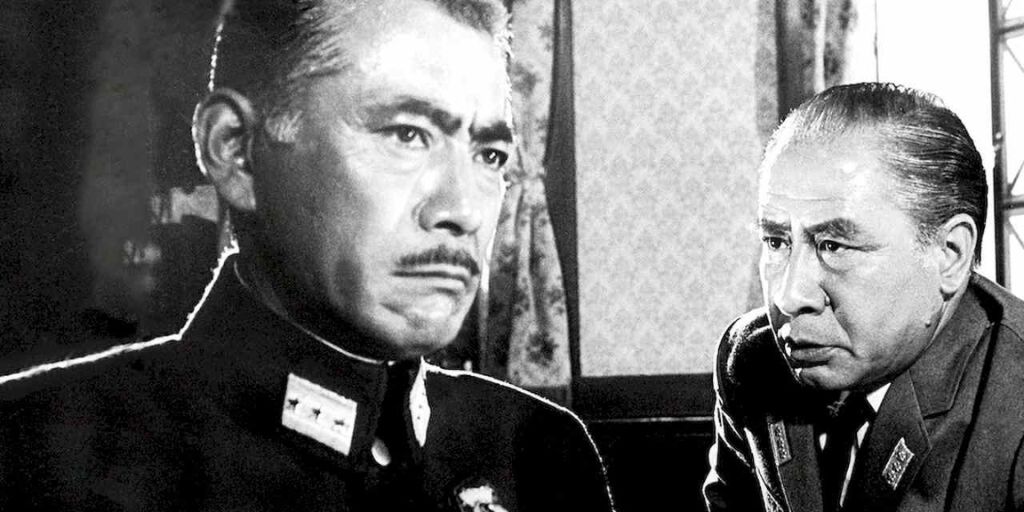
29. The Militarists
The word “Gunbatsu” has two different meanings. The Japanese army nearly broke apart in the 1930s due to “military factions,” specifically the Imperial Way and Control Factions. 1970 The Militarists The other is classified as a “militarist” in Western parlance. Unlike the Nazis and the Fascists, Japan has never had a political party that has overthrown the government and initiated war. Instead, a vague, poorly defined group of “militarists” was given the responsibility.
The 2-26 Incident is the starting point of The Militarists, a documentary in the Tora Tora Tora vein that then shifts gears to focus on General Hideki Tojo’s rise to the office of army minister in July 1940 and prime minister in October 1941. The movie’s primary focus is the events leading up to Pearl Harbor.
While Tojo is the main subject, much emphasis is also given to the unnamed staff officers who convinced their superiors to join the war and the acrimonious competition between the Japanese Army and Navy that stymied the war effort.
Although the program is mostly a docudrama, one of the fictional journalists is loosely based on a real-life individual whose pro-Navy articles so incensed Tojo that he ordered him to be enlisted in the army before the navy picked him up and sent him into the Naval Press Corps. The Militarists provide a thorough analysis of the war, primarily from the viewpoint of those who spearheaded it. However, it also goes into great detail on Japanese society and how that civilization influenced the start of the war.

30. Godzilla
While Tojo is the main subject, much emphasis is also given to the unnamed staff officers who convinced their superiors to join the war and the acrimonious competition between the Japanese Army and Navy that stymied the war effort.
Although the program is mostly a docudrama, one of the fictional journalists is loosely based on a real-life individual whose pro-Navy articles so incensed Tojo that he ordered him to be enlisted in the army before the navy picked him up and sent him into the Naval Press Corps. The Militarists provide a thorough analysis of the war, primarily from the viewpoint of those who spearheaded it. However, it also goes into great detail on Japanese society and how that civilization influenced the start of the war.
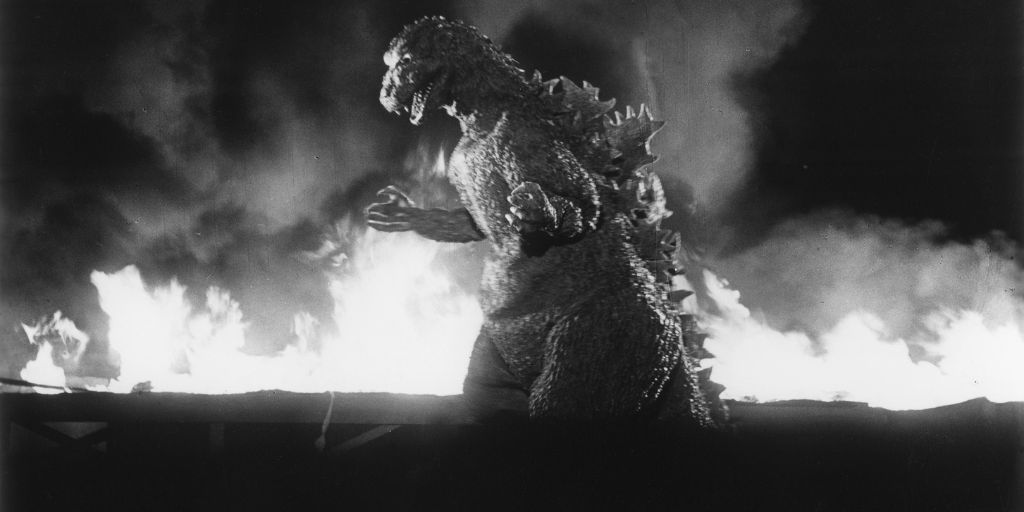
Another ship, the Bingo-maru, is ordered to investigate when the Japanese freighter Eiko-maru is sunk close to Odo Island, but when it does, there aren’t many survivors. There is one survivor in a fishing boat from Odo, which is also destroyed. An elder attributes a surprising decline in fishing catch to the legendary “Godzilla” sea monster. To do more investigation, reporters travel to Odo Island.
One of the reporters is told by a local that something in the sea is destroying the fishing. The reporters’ chopper is destroyed by a storm that hits the island that evening, and Godzilla, whom some of the locals briefly see, destroys 17 homes, kills nine people, and decimates 20 of the villagers’ animals.
Also Read: 38 Thriller Japanese Dramas To Watch in 2022

